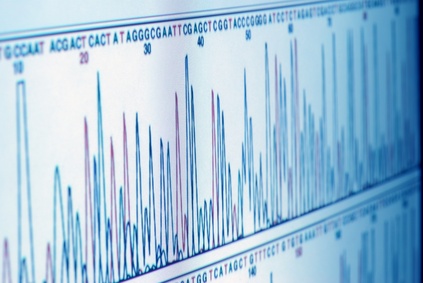Myasthenia Gravis
Myasthenia Gravis (MG) is a rare, but not exceptional, autoimmune disease that is diagnosed (Prevalence) in one in seven thousand (1.33/10,000) to one in five thousand (2/10,000) of the population. On top of these existing cases, each year there are 15 new cases per 1,000,000 of the population (Incidence). In total, over a 5 year period, in Europe, U.S.A. and Japan alone, more than 250,000 diagnosed MG patients need treatments.

MG is characterized by muscular fatigue leading to extreme weakness. The fatigue is caused by the loss of ability to convert nerve impulses into muscle contraction. Underlying these symptoms is an autoimmune disease. The patient’s immune system produces antibodies that attack the docking sites, or receptors, on the nerve/muscle interface.
As these receptor sites are destroyed, the neurotransmitter acetylcholine is increasingly unable to transmit the nerve impulse by attaching to a receptor site. While unattached it is rapidly broken down by the acetylcholinesterase enzyme. The nerve continues to send impulses until the muscle reacts and thus the nerve becomes exhausted (giving the sensation of muscle fatigue).
The disease affects muscles controlling voluntary movement including those associated with actions such as swallowing and breathing and usually begins in a mild form. Typical first symptoms are associated with the eyelid, sight, swallowing and speech. Focal MG usually develops more or less rapidly into generalised MG with symptoms that appear in the arms and abdomen and subsequently in the legs and respiratory muscles.
CuraVac is bringing a revolutionary treatment, the First MG therapeutic vaccine, that aims at greatly improving or even curing Myasthenia Gravis with only a few Vaccine injections.

Current treatment options for MG consist of symptomatic and causal treatments.
The symptomatic treatment increases the duration of the presence of acetylcholine, the substance that transmits the nerve impulses, by antagonizing the acetylcholinesterase. The medication, Mestinon®, is a cholinesterase inhibitor or anti-cholinesterase and is related to insecticides.
The causal treatment consists of lowering the activity of the immune system as a whole, so that the production of autoimmune antibodies is also lowered. Typical medications include prednisone and immunosupressors like azathioprine, cyclosporine, mycophenolate mofetil and occasionaly cyclophosphamide.
During the acute phases of the disease, plasmapheresis (or plasma exchange) and IVIg can be used. One temporarily clears the blood system and reduces the auto-antibody level, the other temporarily brings anti auto-antibodies from a pool of donors. These treatments are very costly and have many secondary effects.
Many patients also undergo thymectomy, the surgical removal of the thymus gland in the hope to lessen the severity of the autoimmune reaction. The real benefit of thymectomy is still under debate more than 75 years after the first successful thymectomy.
At present, there is no cure on the market.
